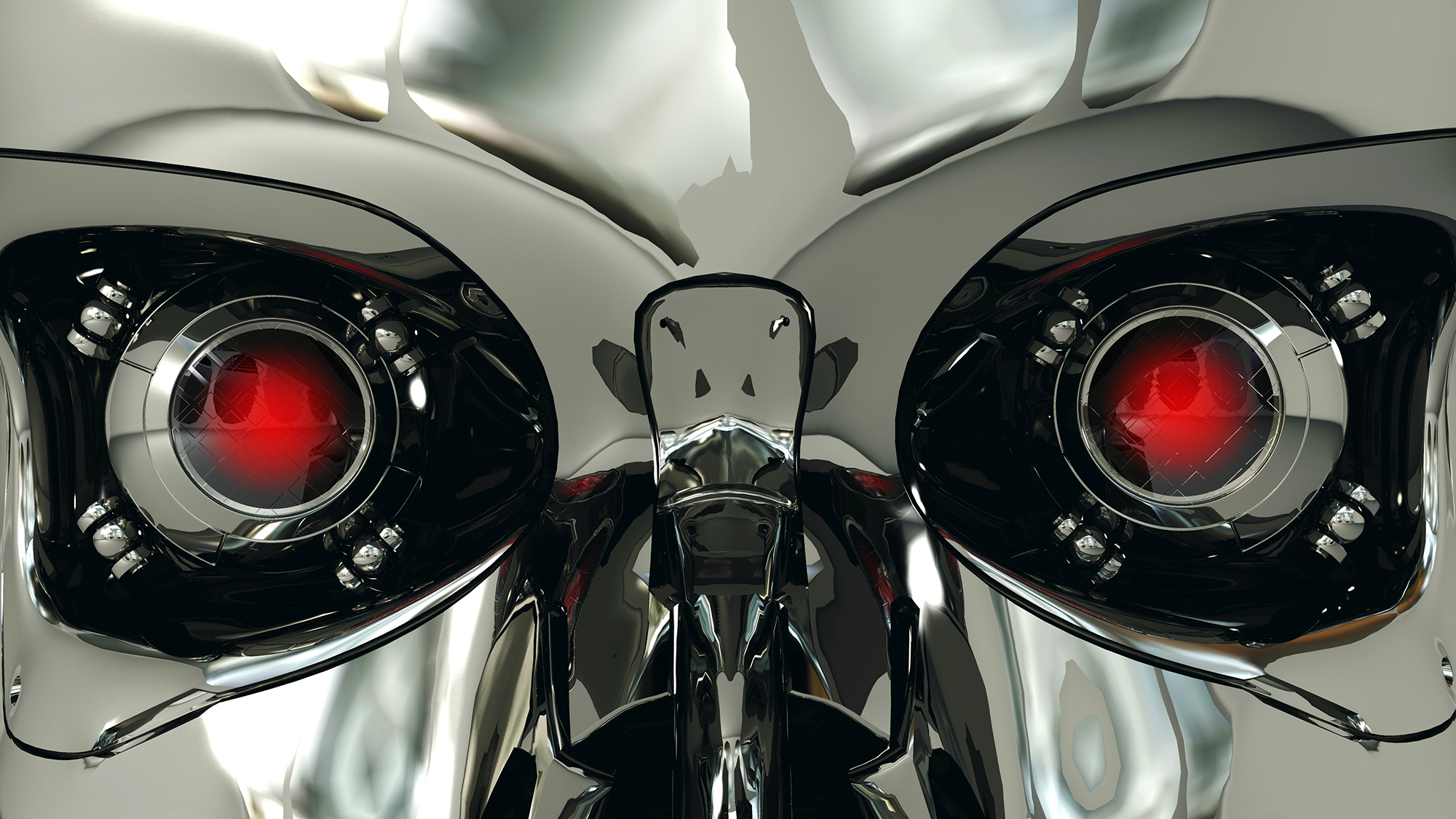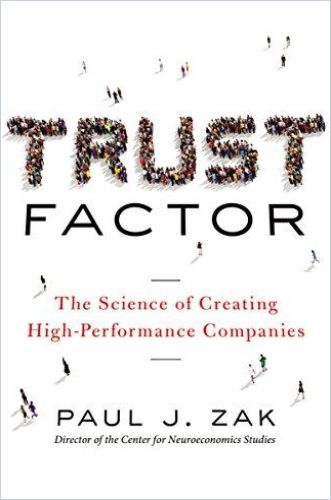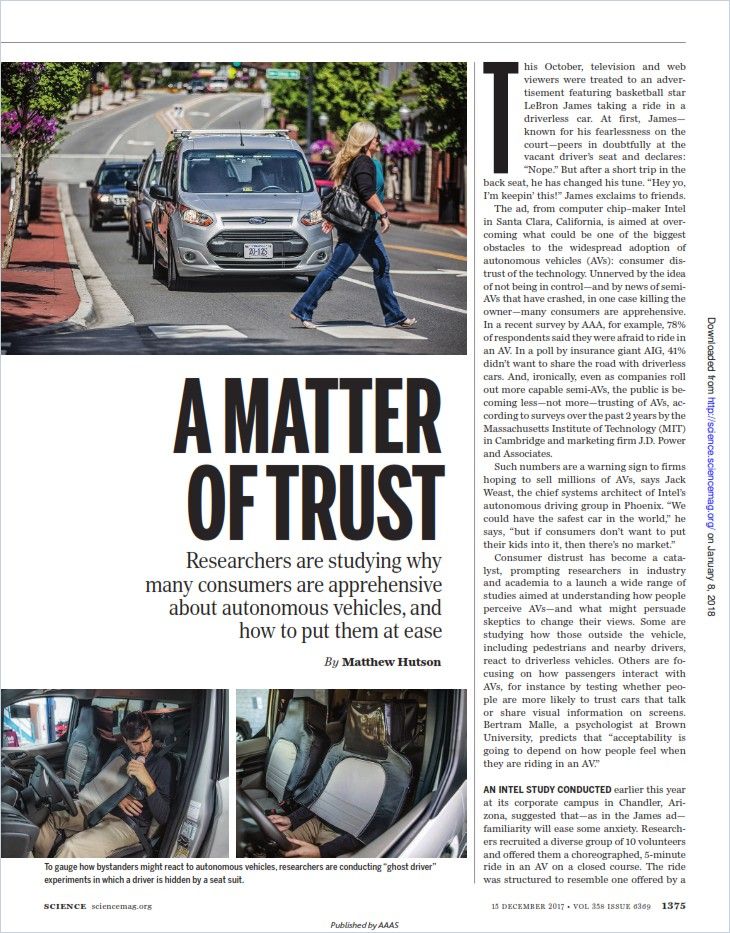“Here’s Looking at You, Kid”

Everyone knows the situation: You arrive at your booked hotel room, look in the bathroom and discover that someone has forgotten to put towels in it for you. If you ring the bell at the reception desk and explain your problem, you will usually find a friendly receptionist who responds to the shortage and has new towels brought to you. If, however, a nervously wriggling Velociraptor made of plastic and metal is serving you there, doubts are definitely warranted as to whether the defect in the bathroom can be remedied soon.
So far, what has only been standard practice in a few “weird” hotels is likely to become the domain of robots everywhere in the future. Simple requests and services can undoubtedly be handled just as well by service bots as by – often underpaid – hotel employees. If you want to save money on overnight stays, that may be okay. But what if you want a more complex service in which someone (or something) must understand the subtleties of your concern or request, be required to support or reassure you in a more sophisticated fashion, and act discreetly: in short, create trust?

This is where eye contact and body language matter most. In a study published in 2021, scientists investigated how people react to eye contact with humans – and how they react to a robot that merely simulates human facial and body movements. Basically, the same thing happens in the brain:
People who are looked at directly show stronger brainwave reactions, respond more to what they see – regardless of whether a tin can, or a real concierge is looking at us.
But as soon as things progress beyond those first impressions, to situations involving social intelligence and empathy (verbally or through gestures), understanding immediately becomes difficult. Trust is not created through lexical knowledge, but more and more frequently through shared experiences.

This arises through the “correct” reactions to various combinations of facts and communications, and the signaling of understanding on the other side. In the interpersonal domain, this occurs in so many complex and different ways that it seems impossible to “simulate” or “create” it mechanically. And thus, what the robot actually requires, in the end, becomes impossible: Your trust.

So if you are looking for a job that will be secure in the near future, you should prioritize the topic of “trust” – and develop your skills accordingly.

Trust is relevant in all social professions. In addition, the subject of “safety” is important in the effective training of new skills, in the vast majority of teacher-student relationships, and, of course, in legal issues. Here, as in other areas, robots can assist when it comes to pattern recognition and research. But, eye to eye, they have colossal disadvantages.
So, to return to the opening example: Do you know anyone who wants to encounter a mechanical dinosaur in the fancy resort’s bathroom (even if the beast brings the towels)? Neither do we.





